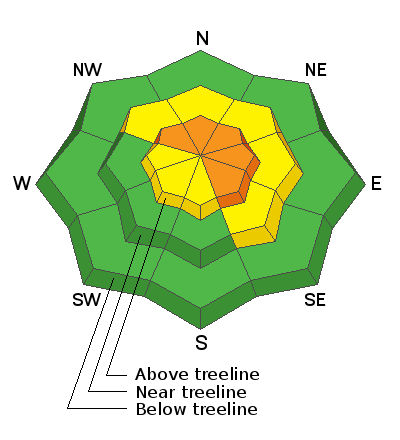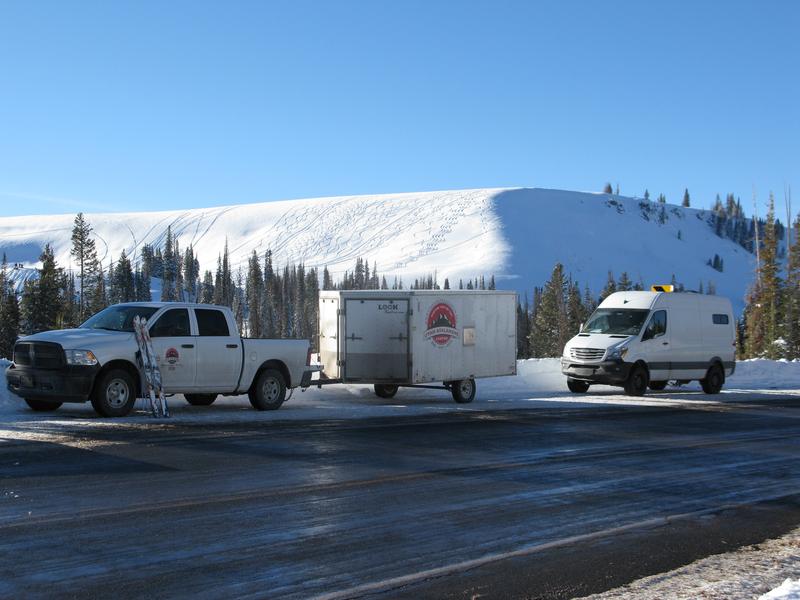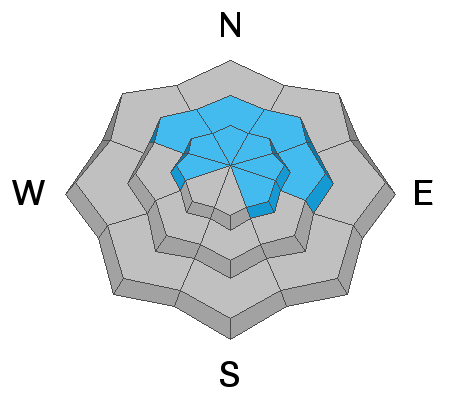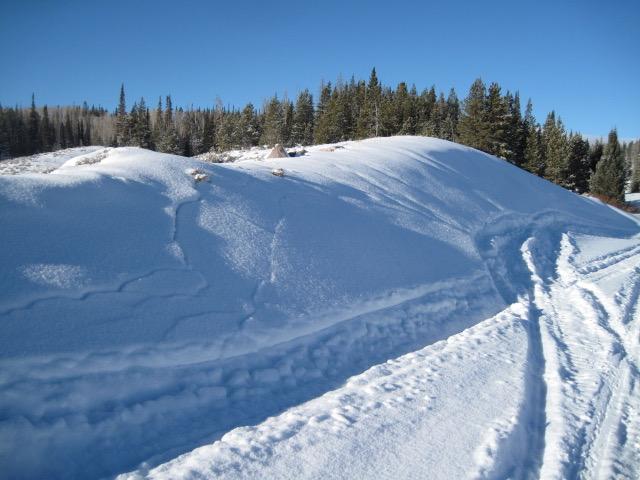Forecast for the Uintas Area Mountains

Issued by Craig Gordon on
Saturday morning, December 26, 2020
Saturday morning, December 26, 2020
In the wind zone, at and above treeline, CONSIDERABLE avalanche danger exists. Human triggered avalanches are LIKELY on steep, wind drifted slopes. Steep terrain facing the north half of the compass, and particularly slopes with an easterly component to its aspect are most suspect.
Mid elevations offer MODERATE avalanche danger on steep slopes facing the north half of the compass and human triggered avalanches are POSSIBLE.
In either case, shallow snow cover and low tide conditions barely hide natural obstacles like stumps and rocks, so, triggering even a small slide can lead to an instant buzz-kill and a season ending injury.
LOW avalanche danger is found on mid and low elevation slopes, particularly those facing south, but snow cover is super thin.

Low
Moderate
Considerable
High
Extreme
Learn how to read the forecast here










